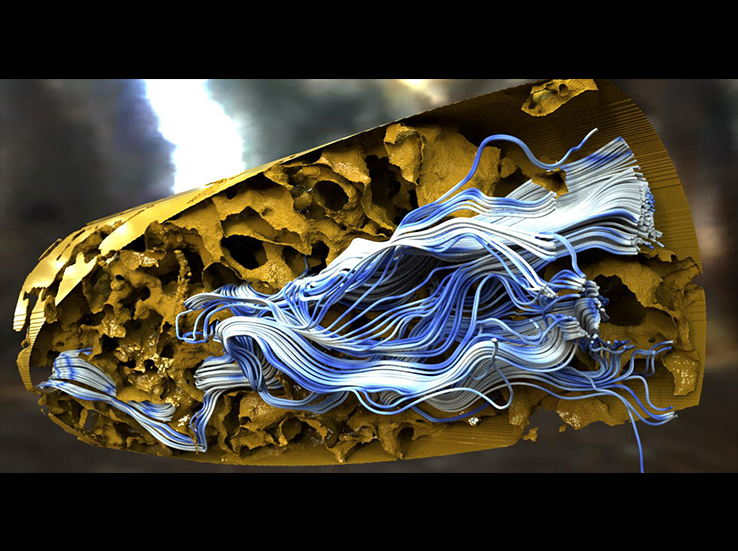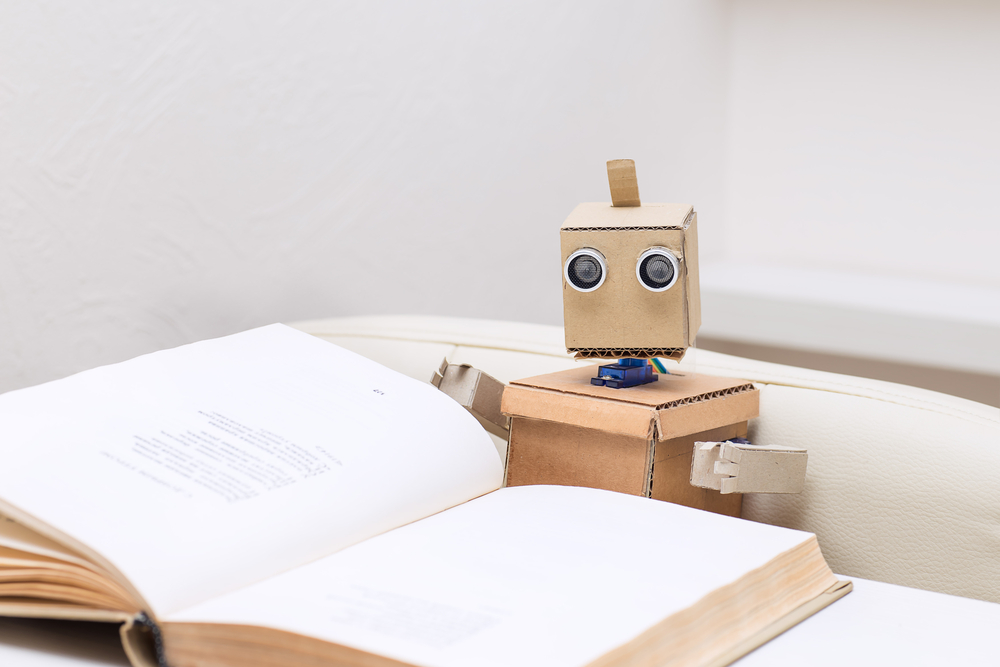
Archive 2018

2018
High-performance computing helps make sense of complex, scientific information. When facing a challenging scientific problem, researchers often turn to supercomputers. These powerful machines crunch large amounts of data and, with the right software, spin out images that make the data easier to understand. Advanced computational methods and technologies, for instance, can provide unprecedented maps of the human brain.>>>

2018
Over the past few decades, it has become apparent that Moore’s Law has started to come apart. The 1965 observation, named after Gordon E. Moore, stated that the number of components on a chip seemed to double every year, but we are reaching the limit of silicon’s storage capabilities. To keep pushing the boundaries of computing technology, we’ll need to rethink the basic components of computers themselves. And the field of DNA storage could offer a solution to a problem growing ever more apparent in our digital world: Where do we store billions of gigabytes of data that make up the Internet?>>>

2018
The ability to read and understand a passage of text underpins the pursuit of knowledge, and was once a uniquely human cognitive activity. But 2018 marks the year that, by one measure, machines surpassed humans’ reading comprehension abilities. The algorithm developed by Alibaba’s Institute of Data Science Technologies, SLQA+, notched a score of 82.44 on the test, which was just a hair better than the 82.304 scored by humans. Alibaba claims it is the first time a machine has performed better than flesh-and-blood in the ExactMatch metric of the Stanford test. Microsoft Research Asia also outdid humans, and its R-NET+ scored 82.650. >>>


